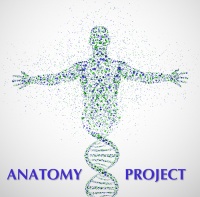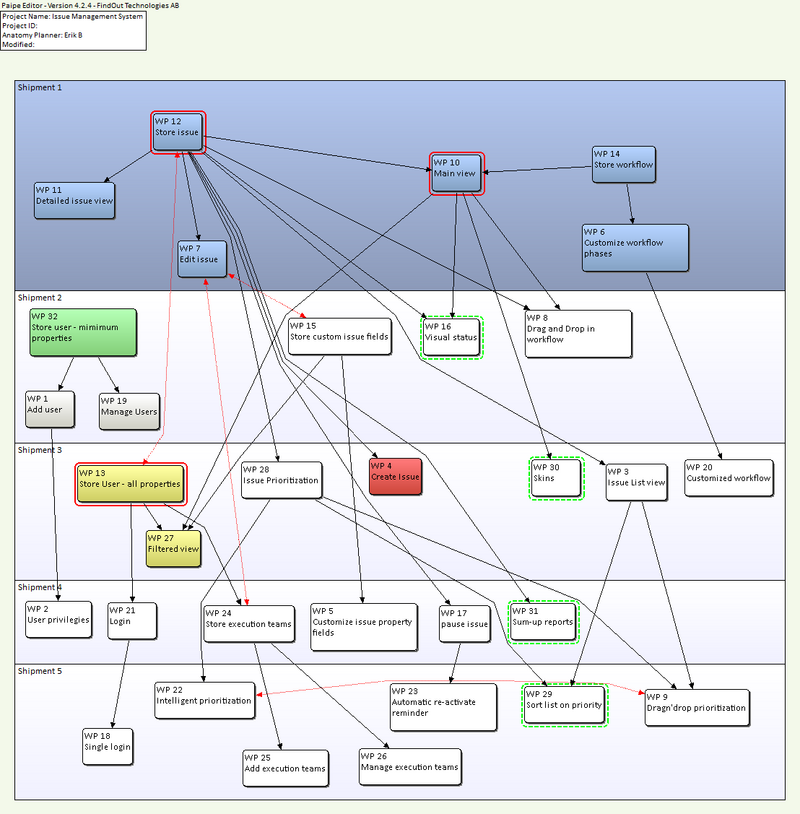Anatomy Project
ADAM Software. Harcourt Brace, £1091.49.
Anatomy Project Ideas
ISBN 1 572 45099 1. Rating: ★★ The Anatomy Project by Debra Hastings-Nield.

Parthenon Publishing, each CD £79.90 (free demonstration CD). Rating: ★★★ The teaching of anatomy is undergoing something of a revolution. Increasing numbers of medical schools are giving up traditional methods, such as dissection, in favour of student directed or problem based learning. Students are given access to computers as a major source of information, and are given multimedia packages when once they would have been given a cadaver and a scalpel. There is also a heavy demand for anatomical multimedia from postgraduates.
Zoom UAC-8 USB 3.0 Audio Interface at a Glance: Great recording. The UAC-8 uses high-end Burr Brown converters to capture top-notch audio. A full set of. There's a whole new world of possibilities for Mac and PC Creators. Central The Zoom UAC-8 USB 3.0 SuperSpeed Audio Converter for Mac and PC. Buy Zoom UAC-8 USB 3.0 SuperSpeed Audio Interface for Mac and PC. Use as a high quality 8-channel mic preamp and A/D (Analog/Digital) or D/A converter. The Zoom UAC-8 SuperSpeed USB 3.0 Audio Converter for Mac and PC. UAC-8, and add 18 inputs and 20 outputs to your USB 3.0-equipped Mac. Zoom uac-8 superspeed usb 3.0 audio converter for mac.

This is fuelled partly by a shift in the surgical fellowship exams and a heavy reliance on distance learning, but also by a reduction in anatomy teaching in the undergraduate curriculum. The market for anatomical CD Roms is therefore booming. ADAM Interactive Anatomy provides a “dissectable” man and woman and allows the user to move through a number of body “layers.” Over 20 000 anatomical structures can be revealed, all of which can be identified by a click of the mouse.
Anatomy Project Leg
This provides a very pleasing result, albeit an artistic representation of the body rather than the real thing. However, structures move through and between anatomical layers, and this can make them difficult to follow. One can also switch into other modes. In “Atlas Mode,” pins are stuck into the structures, reminiscent of the old spotter exams.
“3D Atlas” is limited, having only a few rotatable organs—such as heart, lungs, and skull. The “Slide Shows” are a useful feature for teachers, allowing the user to write text to guide students around the images. The quality of the program and the considerable attention that has been paid to ease of use are commendable. However, it is essentially nothing more than a sophisticated atlas. It cannot teach anatomy, because anatomy is not just about learning the names of structures or knowing their position.
It lacks textual information about the importance of structures or the context of their position in the body. The Anatomy Project is entirely different. It is a series of 20 CDs covering both regional and systematic anatomy. They did not load easily; each, by default, was installed onto a separate folder on the hard disk and took 4 Mb of disk space.

This caused duplication of files and took up more disk space than was necessary. Once I had overcome the initial difficulties, the program seemed to be well constructed and easy to use. The user is first presented with a menu allowing the selection of an appropriate level—nursing, medical, postgraduate, etc. Generally, I found the amount of detail excessive for all levels.
For example, in the chapter on extrinsic muscles of the hand, there were 27 pages of text for postgraduates and 26 for medical students. I thought the level presented for nurses (16 pages) was sufficient for today's medical student. The quality of the tutorials is exceptional, but users are presented with long video sequences containing detail that comes fast and furious. The information could probably be reduced to more easily digestible pieces, as in the “Summary” section.
As it stands, the video tutorials would perplex and confuse most medical students. They would be better presented on video and, indeed, are available in that format. Interactivity is provided in the “Atlas” section, which presents numbered structures whose names are revealed on the click of the mouse button. The “Quiz” section uses a “true or false?” format, and there is a useful review of information should the user get the wrong answer. Overall, I was impressed by the quality of these products, but I do not think that either can replace more traditional methods of learning anatomy: a good textbook and atlas or a cadaver. I look forward to the new breed of multimedia packages that will bring closer appreciation of the relations between structure, function, and relevance to clinical practice.
My students need dissection equipment and specimens to be able to compare the anatomy and physiology of a variety of species from single celled protist to mammals. My Students My students attend an urban, high needs high school where equipment and supplies are in short supply. As a result, they often don't get the opportunity to engage in hands on group projects that can make learning fun and engaging. These supplies will enable them to learn while working together. In my ninth grade Biology class, I have students at a wide range of preparedness, skill levels, and enthusiasm. Most are highly social and easy to engage in group oriented activities. Many are kinesthetic learners who learn best by doing things and actively participating in group projects.
This comparative anatomy and physiology project will allow me to build on their sociability and kinesthetic learning style to fully engage them in Biology. My Project These resources will enable my students to learn by doing hands-on experimentation. This may be a life changing experience for many students who haven't been fully engaged by reading books and taking notes. Some students who have vague inklings of a desire to pursue a career in science or medicine may be encouraged to explore their dreams if Biology can be fun and engaging. In this comparative anatomy project students will research the anatomy and physiology of their chosen species and compare it to human anatomy and physiology.
They will produce a poster board presentation that describes how the functions of humans systems are carried out in their chosen species. Each student will be responsible for researching, comparing and contrasting a human system with that of their chosen species. In addition to biological concepts students will learn 21st century skills, including critical thinking and problem solving, communication, collaboration and creativity. Your donated resources will be used by all five of my Biology classes 150 students. Furthermore, I promise to ensure that my students take good care of the equipment so that it can be used by future classes.
Latest Posts
- Nlite Keygen For Mac
- Aha 2940au Windows Xp Drivers For Mac
- Kanex Mini Displayport To Hdmi Cable 10ft 3m For Mac
- Download Page For Mac
- Fujitech Fud-1100 Free Driver Download (official For Mac
- Tlcharger Franais Microsoft Virtual Pc For Mac
- Philips Ovu4003 Driver For Mac
- Hp Dc3000 Drivers For Mac
- Matias Wired Keyboard For Mac